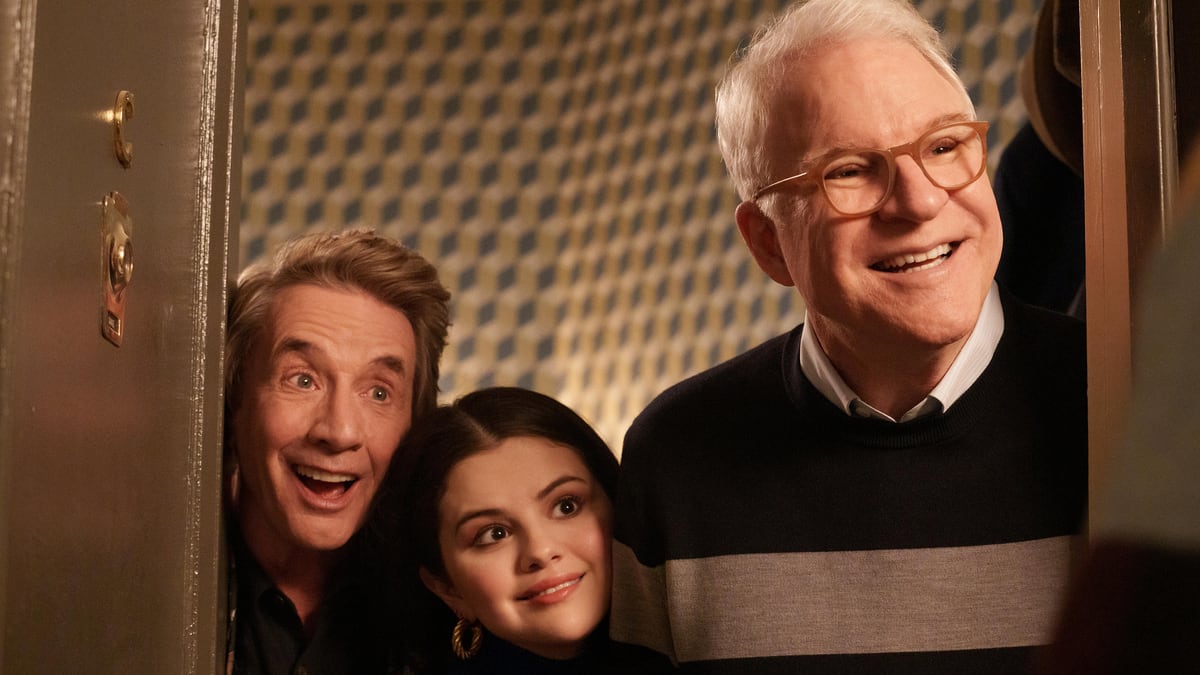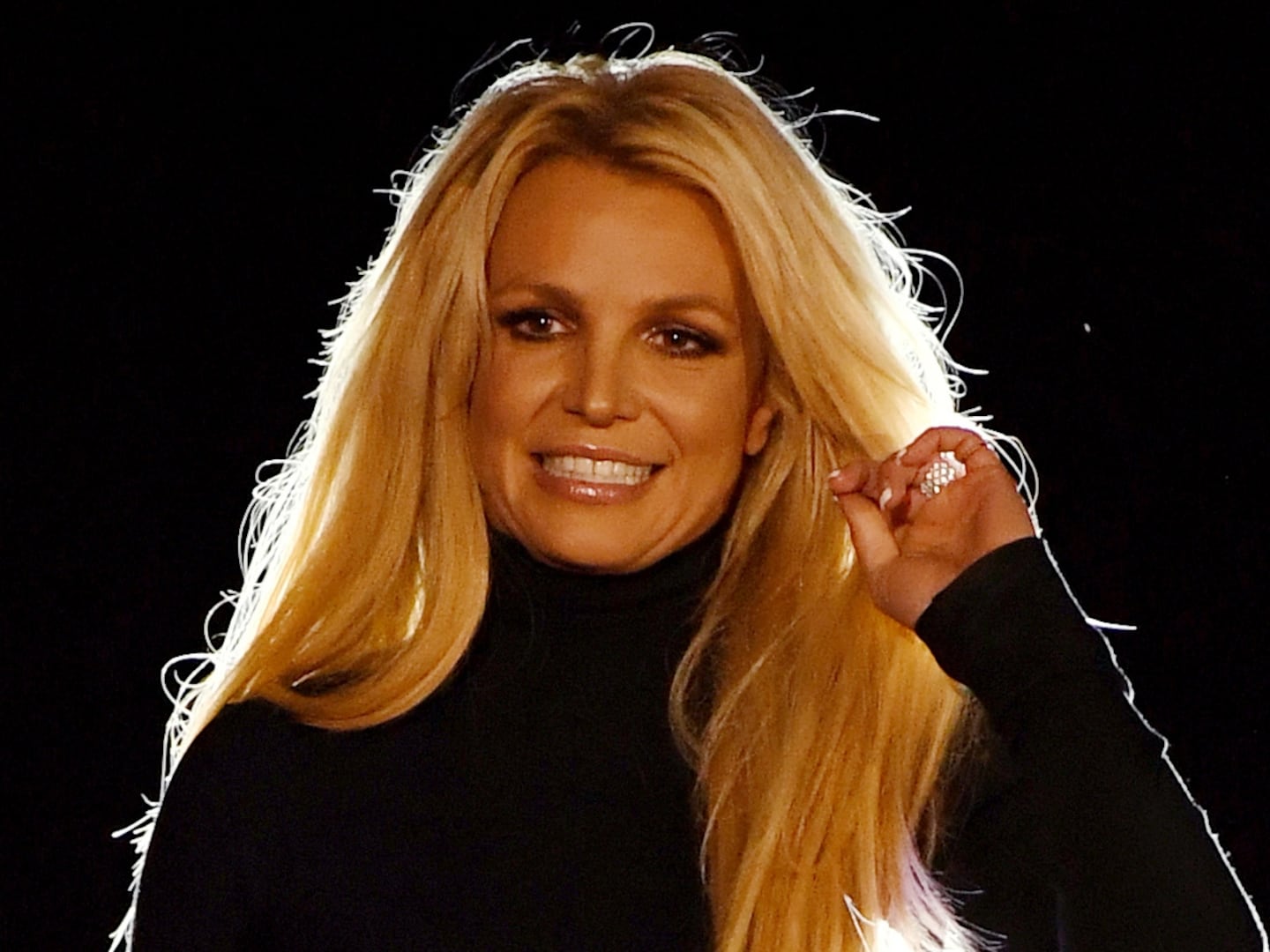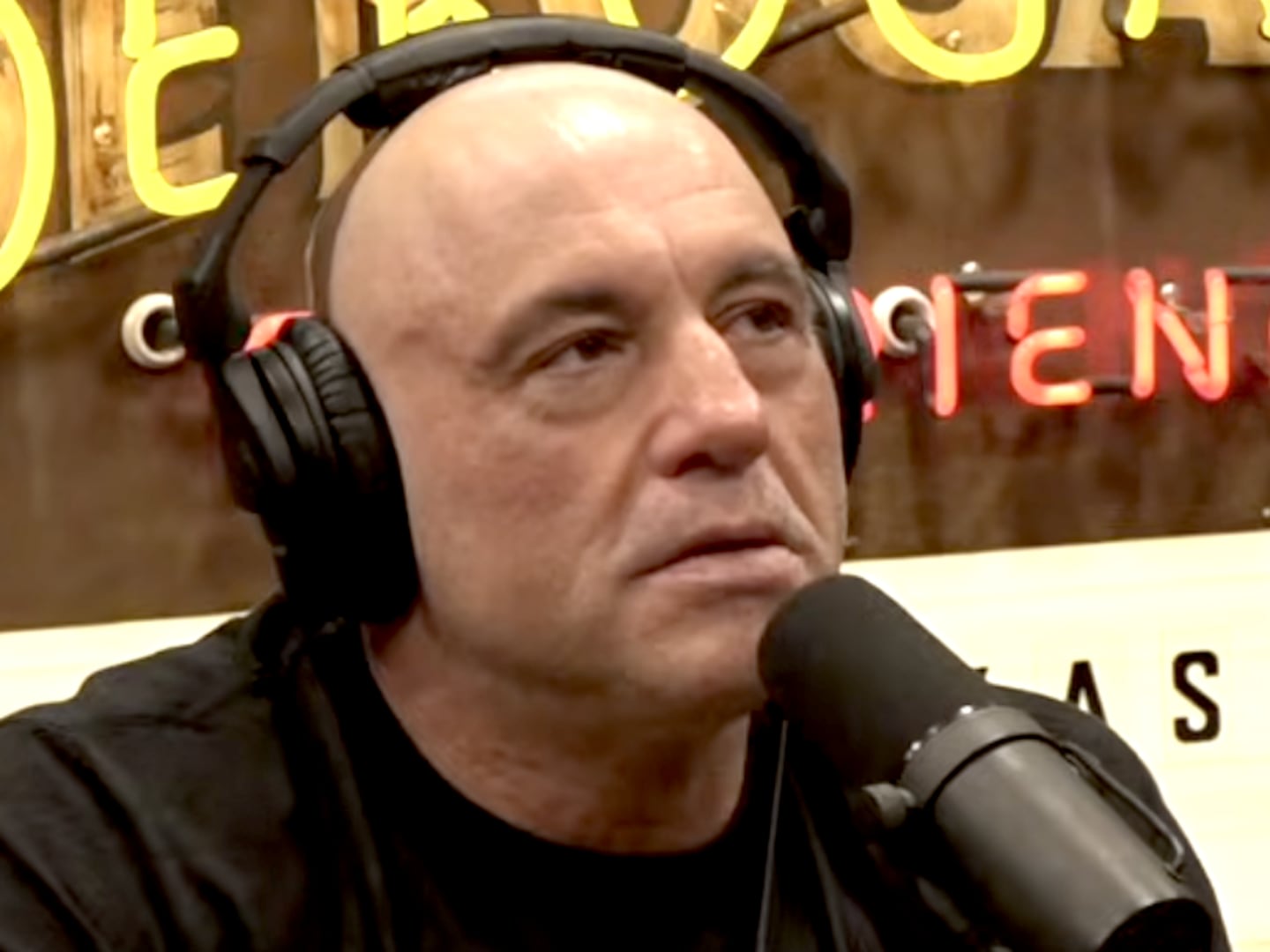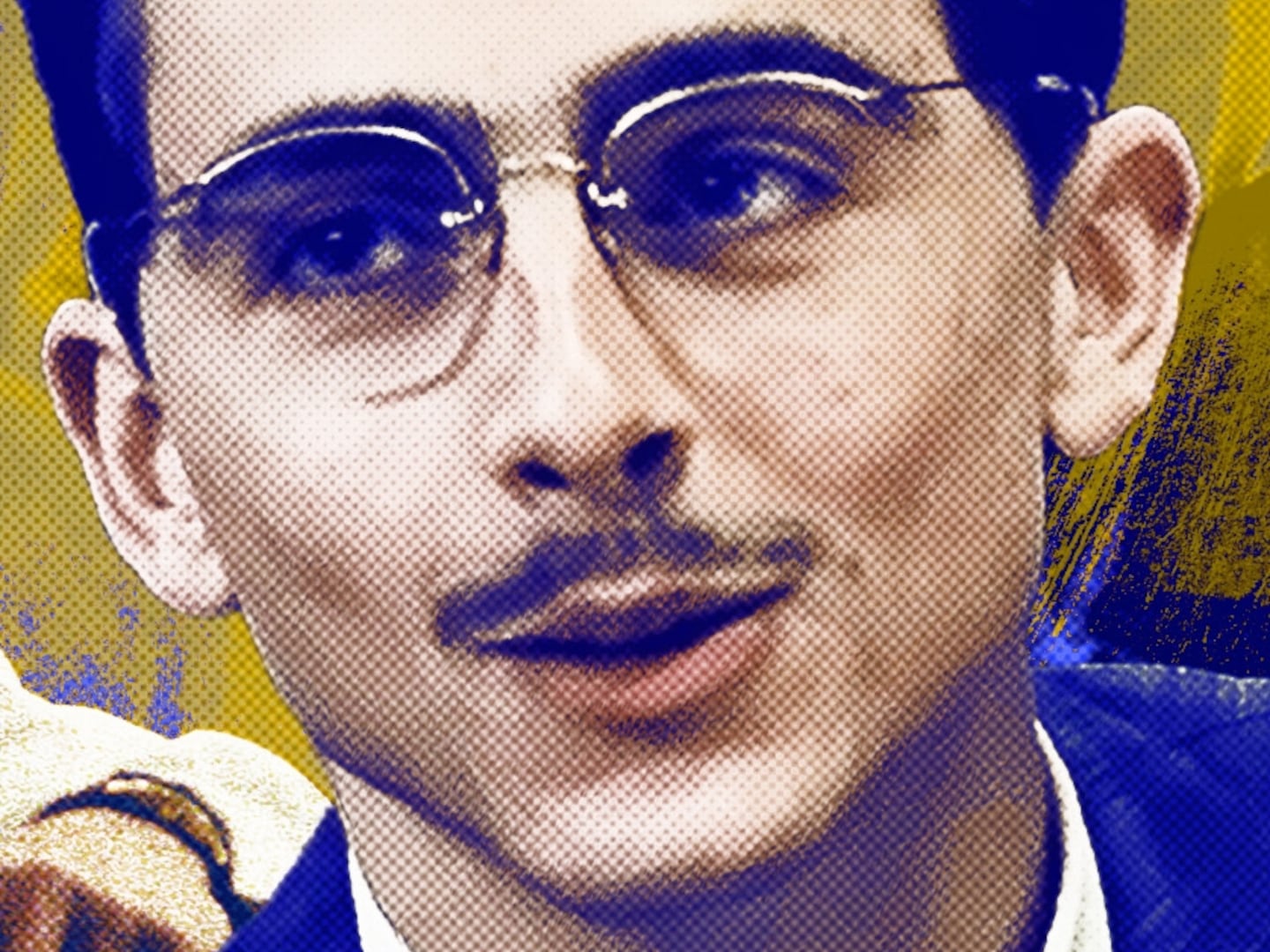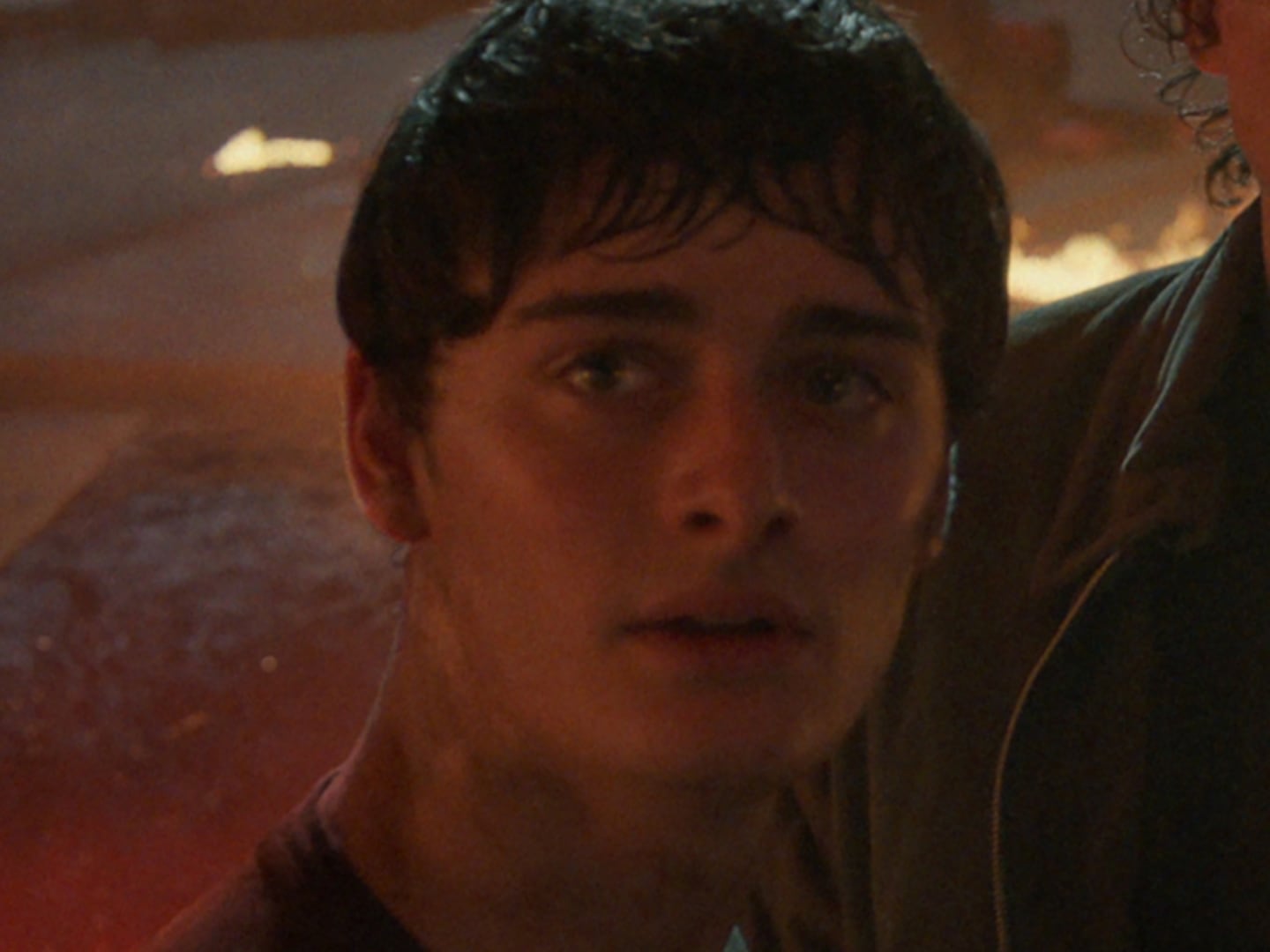The Staircase has ruffled more than a few feathers, and I am not talking about the owl variety.
Colin Firth and Toni Collette lead HBO Max’s adaptation of Jean-Xavier de Lestrade’s groundbreaking true-crime documentary, which has been critically lauded (well, wigs aside). But unsurprisingly, not everyone is thrilled by the direction the series took. A steady stream of headlines denouncing the accuracy of the project from those depicted in it has once again placed a spotlight on the blurring of fact and fiction for dramatic purposes. Perspective matters and the booming true crime-as-entertainment biz continues to beat a controversial drum.
On the surface, Only Murders in the Building doesn’t appear to have anything in common with The Staircase, but the two Emmy contenders are fascinating test cases for what’s to come in the true-crime genre.
Hulu’s critically acclaimed comedy, which is currently airing its second season, also takes a stab (sorry) at the knotty relationship between an unsolved mystery, the people who turn it into an artistic endeavor, and the audience who lap it up. For Mabel (Selena Gomez) it was reading The Hardy Boys that kickstarted her curious nature. For me it was discovering Sherlock Holmes stories at a young age that flipped a switch I have not been able to turn off. Not that I have embarked on solving a case beyond a casual theorizing on text chains or over drinks.

Television has always embraced gritty, pulpy, or tabloid-ready stories to draw eyeballs (and podcasts have followed suit). The limited series category wouldn’t have so many titles jostling for attention if this were the case—see Under the Banner of Heaven, Candy, The Girl From Plainville, Dopesick, and myriad tech scammer titles as this year's contenders. But standing out in the Too Much TV crowd requires more than the fancy bells and whistles of Oscar-nominated actors and a recognizable intellectual property (as ick as it sounds, even true crime falls under the I.P. umbrella). So why not shift the focus onto the filmmakers who made the case famous in the first place?
Hollywood has a long history of turning the camera back on itself, and Tinseltown loves nothing more than gazing at its reflection and unpicking the carefully-constructed seams. It’s surreal, but perhaps was inevitable, that true crime is now entering arguably narcissistic, navel-gazing territory. Both The Staircase and Only Murders in the Building are, in their own ways, perfect examples of the murky ethics of true-crime entertainment while simultaneously condemning our rabid obsession with them. It’s true crime through a looking glass, and maybe the next natural stage of how we grapple with our relationship with the genre.
We may be riveted. But shows like these are finally examining whether that’s a good thing.
Antonio Campos’ eight-part limited series, for example, incorporates the making of The Staircase docuseries into the larger narrative. It doesn’t help matters much that both projects share a version of the same name, so the fact vs. fiction lines are even more complicated and blurred. The series makes us watch Kathleen Peterson die three times in gory detail to show the distinct theories discussed in court—accidental, Michael, owl—and each one is prolonged and painful. It never escapes my mind during these moments that Kathleen’s story isn’t Hollywood make-believe and it is impossible to imagine viewing this as someone who knew and loved her. The first episode of the documentary also doesn’t shy away from showing the bloody aftermath via investigation materials.
Considering all the complaints being thrown at Campos regarding taste levels and accuracy it should be noted—and maybe even praised—that Kathleen’s point of view is explored throughout the series. So often, the deceased is little more than a body to be picked over in death, but Collette’s nuanced portrayal offers a full picture before her death.
Featuring the filmmakers as characters whose choices shaped the original narrative elevates The Staircase and brings something new to this conversation beyond the question of what actually happened the night Peterson died. It has also led to this back-and-forth between subjects, showrunners, and the documentary team using different publications as their pulpit. Spouting artistic license is a shield that can also turn into a weapon depending on who has the camera or microphone. Details get left out or trimmed to fit the episode runtime, and editing is part of making a series regardless of its fiction or nonfiction status.
Considering these ethics has made me question my own consumption of this genre. It does become murkier when factoring in how moments are heightened, embellished, and fabricated to make it more TV-ready. It feels like a dog chasing its tail, like comparing apples and oranges..
True crime has also grown so mainstream across various mediums that it is easy to riff or satirize. The cancelled-too-soon American Vandal on Netflix took its cues from Making a Murderer and Serial, but with lower stakes mysteries like “Who drew the dicks?” in Season 1. It was a mockumentary comedy, but grew in popularity when incredulous headlines spread that people who were watching thought it was real. On Saturday Night Live, a far too relatable catchy pop song nails the appeal of tuning into trashy and well-regarded documentaries that could one day be adapted into the next streaming hit.

An unsolved case or one with a suspect proclaiming innocence (such as The Staircase) will spark interest among amateur sleuths keen to join the dots—even if they lack the skills, information, or proximity. The fictional Arconia apartment complex that is home to the crime at the heart of Only Murders in the Building is inspired by other luxurious pre-war Upper West Side buildings like the Belnord, Ansonia, and Dakota. Not based on fact is Tim Kono’s suspicious death that set Charles (Steve Martin), Oliver (Martin Short), and Mabel’s investigation in motion.
A shared love of the fictitious “All is Not OK in Oklahoma” podcast united the three would-be detectives, which directly nods to the foundational true-crime podcasts like Serial that sparked plenty of imitators.
Similarly, Campos explores a story that many true crime aficionados are familiar with; even if you haven’t heard the particularly gruesome details, you might have been aware of the “owl theory.” Rather than simply offering a play-by-play of the case, Campos bounces around the timeline and puts the documentary team in front of the camera both in the Peterson home, the editing suite in France, and even the orchestral scoring sessions that give a peek behind that mood-setting curtain. It is part making-of and part recontextualizing, in which the showrunner has managed to piss off pretty much all the real-life figures.
Only Murders’ showrunner John Hoffman takes a different observational approach to the audience’s relationship with true-crime entertainment. Like many, I was obsessed with Serial’s first season and eagerly awaited new episodes. Also, like many, I never made it to the end of the follow-up outing—or subsequent seasons.
“It’s very rare for a true-crime podcast to do a sequel. They usually move onto a new case and never hits like the original,” says Charles during an elevator debrief after their trip to the police station in the Only Murders in the Building second season premiere. The example he mentions is “The Great Dead End,” which was followed by “Billy the Butcher.” Mabel’s opinion that the latter is “terrible” is shared by her co-hosts. However, unlike Charles and Oliver, she has little desire to try being the exception to the follow-up rule.
Mabel’s reluctance to return to sleuthing has little to do with complying with law enforcement and more to do with her current outlook. “I need a life away from death,” she tells Oliver and Charles before returning to her apartment with the bloodstained Bunny (Jayne Houdyshell) left behind. A new rug can hide the outline, but it doesn’t get rid of the visual stuck in Mabel’s mind. The consequences of their investigation—particularly Mabel’s proximity to tragedy—are not ignored.
Amy Schumer plays a version of herself who has moved into the Arconia (Sting’s penthouse, to be specific) and is interested in adapting the events of Season 1 into a streaming series. Amy doesn’t want to tell the podcaster’s investigation; instead, she wants to focus on murderer Jan’s (Amy Ryan) point of view.
Ownership over a story is a hotly contested topic, and as with the Staircase documentary filmmakers, Charles, Oliver, and Mabel are now the subjects. #BloodyMabel is a snappy trending topic that will be hard to escape. The painting at the center of the second season’s crime is another puzzle piece that also taps into this using experiences for entertainment and art—don’t worry, I don’t think we are entering “Cat Person” discourse territory.
In the Only Murders microcosm, stans sell merch—I will take one tie-dye hoodie, please—which reflects the high volume of podcast sweatshirts, tees, and beer cozies you can snap up online. Even Gomez talked about attending CrimeCon when asked about her similarities to Mabel during the Season 1 publicity tour.
It is a thorny and often contradictory conversation that swirls around the extremes of true crime as entertainment and there is no sense that it is slowing down. What The Staircase and Only Murders in the Building have shown is that there is still space for this genre to spread its wings—but there is a chance it will cause a flap.

